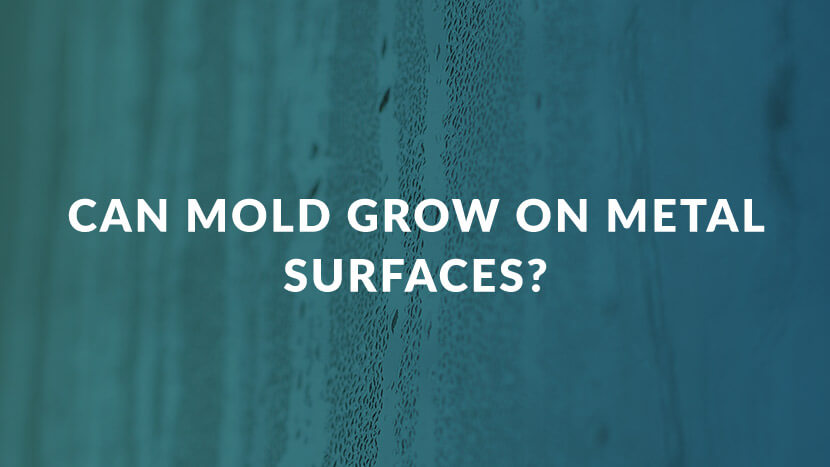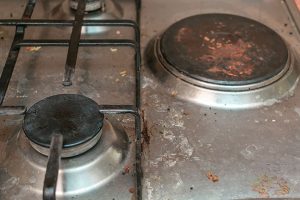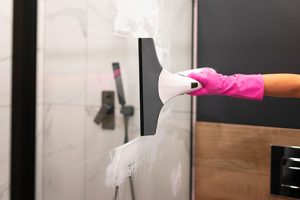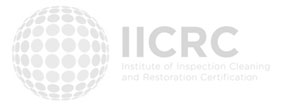
Does Mold Grow on Metal Surfaces?
When we think of mold, we picture it creeping along damp walls or thriving on stale bread. We don’t often think mold can grow on metal because it seems impervious and sterile compared to organic materials. However, this couldn’t be further from the truth. Mold can and does grow on metal if the conditions are right.
CLEAR Restoration is here to help you explore how mold grows on metal surfaces and what you can do to prevent and remove it.
If you see mold on any metal surface in your home and are not sure if mold can grow on metal, be sure to call the mold abatement experts at CLEAR Restoration. We can provide a thorough assessment of your home, including metal surfaces, to effectively eliminate mold. Contact us today at 225-245-3575, and we will help get rid of any mold in your home with efficiency.
[Related: How Mold Inspections Work]
Understanding Mold Growth on Metal

Mold is a tenacious life form that can establish itself wherever moisture and warmth are present. While metal is not a source of nutrients for mold, it can still provide a platform for growth when organic material, such as dust or grease, settles on it.
High humidity and temperatures also help create the perfect breeding ground for mold spores to grow. This is especially true in areas where metal surfaces are not regularly cleaned or are exposed to the elements.
It’s essential to address mold quickly to prevent it from spreading to surrounding materials like wood or drywall. Another reason to stay on top of mold issues is that it can weaken the integrity of your home over time and pose health risks, particularly to those with allergies or compromised immune systems.
How to Prevent Mold on Metal
Preventing mold from taking hold on metal surfaces is essential to maintaining a mold-free and healthy environment. Here are three tips to prevent mold growth on metal:
- Ensure proper ventilation and airflow to avoid humidity. Use dehumidifiers in particularly damp areas and ensure that spaces are well-ventilated to allow air to circulate freely.
- Clean and dry any grime or residue off metal surfaces regularly – this removes the organic material mold spores need to grow.
- Apply a protective nano-coating to metal surfaces, as this can help keep moisture away and prevent the onset of mold.
How to Remove Mold from Metal

If you do find mold on metal surfaces, don’t panic. There are some effective ways to eliminate it. A white vinegar and water solution can effectively remove mold from metal surfaces, as vinegar is a natural, non-toxic mold killer.
Store-bought chemical cleaners designed for mold removal can also be used. These products are formulated to eliminate mold without damaging metal materials. If mold has spread to nearby porous surfaces, such as wood or drywall, or if it keeps coming back after DIY cleaning, or if the affected area is larger than ten square feet, it’s time to call mold abatement professionals.
[Related: Areas in the Home Where Mold Grows]
Our Mold Abatement Services Can Eliminate Mold in Your Home
At CLEAR Restoration, we understand the challenges mold presents, regardless of the surface it grows on. Our mold abatement services are designed to tackle even the most stubborn mold infestations, ensuring your metal surfaces and surrounding areas are mold-free and safe.
If you’re dealing with persistent mold on metal or any other surface, don’t hesitate to get in touch with us. Our team of experts can handle mold problems of all sizes, ensuring your space is clean, healthy, and mold-free. Contact CLEAR Restoration at 225-245-3575 and take the first step towards a mold-free environment.



